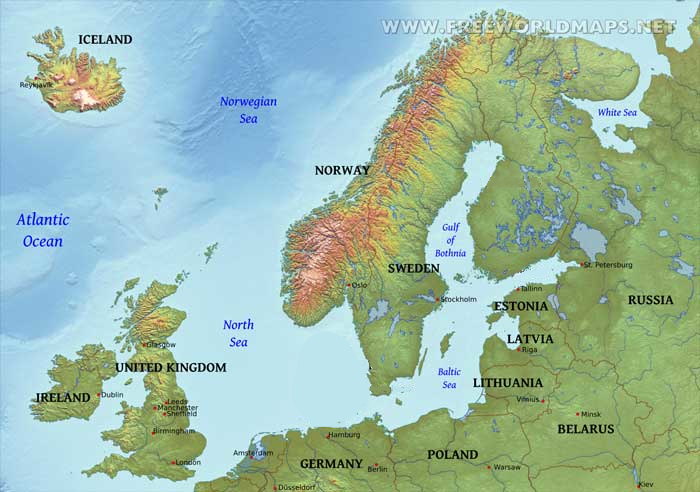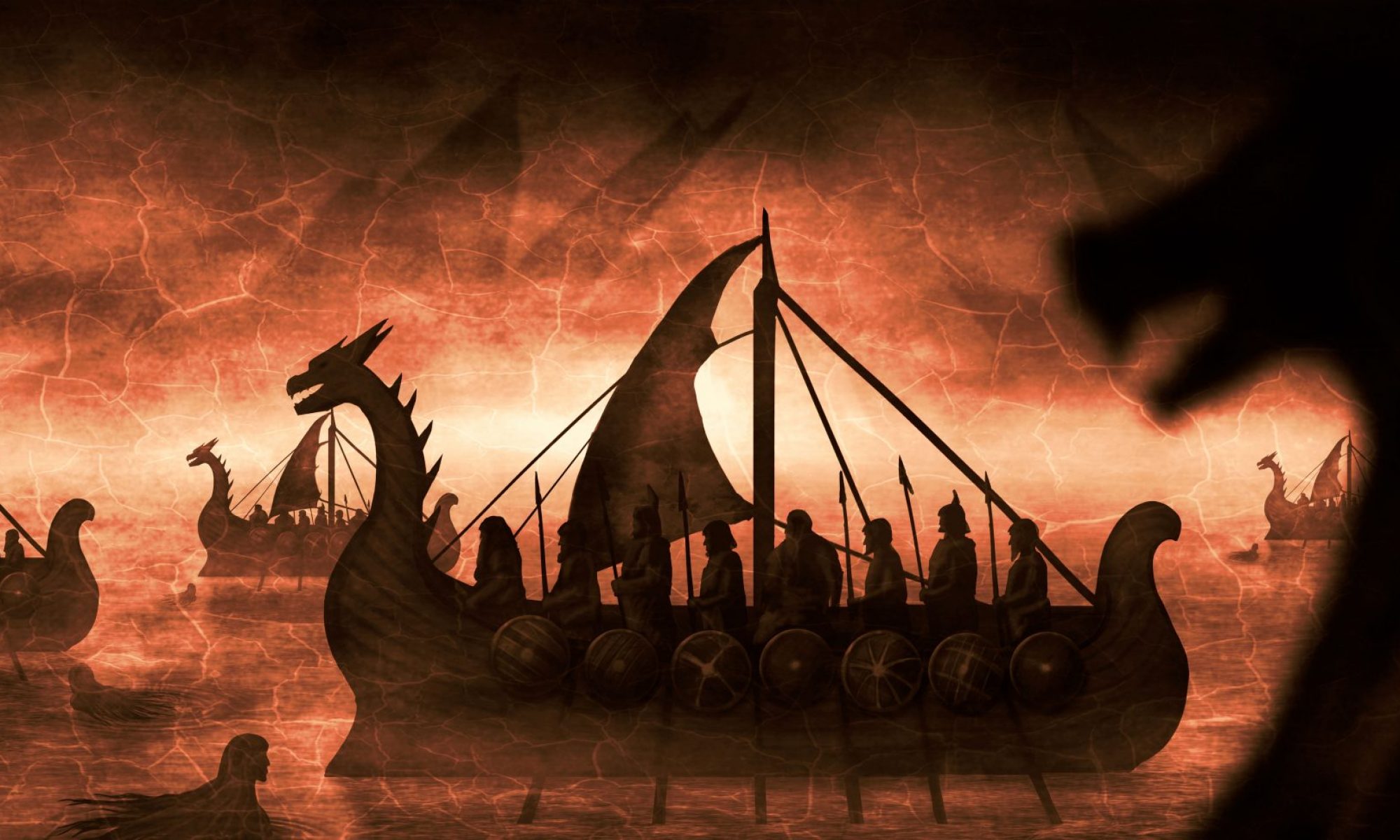Yes, it is truth that they really did not exist. All of the stories you hear are just myths made up to cover up the past and create a generation of people following ideas that were from a false source.
We are working hard to dispel the myth of the Vikings. Below are some of the solid reasons to show why they never existed and were purely a useful tool by the powerful in Europe.
I assure you, Vikings were not real.
The English monarchy invented the idea of the Vikings as a way to create a sense of fear and uncertainty among the population, making it easier to maintain control.
In fragments of records found it was shown that by the early 11th century that some Saxons claimed that they were really of Viking descent. This was used to bolster their own morale entering battle by using the mythical viking battle prowess to enhance the view that was already held of the power of Saxons.
On the other side, William the Conqueror in particular continued the myth of the vikings from the north to scare the populace into following him. Because of all of the stories they had been told over the centuries the populace completely believed that they had magic powers and great battle might. By showing that he was able to best even their mystic powers it increased his own personal glory.
Of course much of this went against church teachings so those rumors were entirely behind closed doors. However, it spread through the land of word of mouth. This was aided by a number of nobles who fought with him at the battle of Hastings spread tales claiming he personally stood against several “Viking Mystics”. By increasing his legends it increased their renown by association. It was all one long string of tales used to control the people.
The English Christian leaders used stories of so-called ‘Vikings’ demonize paganism and strengthen their own religious authority.
This was most commonly used to cover up demon conjuring by bored and lonely monks looking for companionship. A backfiring summoning that would destroy part of a monastery would easily be covered by claiming “Viking raiders”.
Also, by claiming it was the vikings that used their mystical powers to tempt the priests it would allow an excuse for those that had found their way to the temptations of a succubus, or just the lonely arms of a handsome single farmer with a little too much time in the winter months.
While many documents claim otherwise, the reality is Denmark is not a real place. The belief that a country attached to Germany in the North Sea is just a myth brought up by sailors of the time that didn’t yet have satellite maps.
The legends of “Denmark” are still kept alive today by the same folk tales that claim that “Vikings” are real.
It is obvious that trying to get to southern England from Scandinavia would be treacherous, so the idea that invaders would cross that far just isn’t viable.

There simply are not enough forests in Norway to construct all of the ships claimed by the English to have arrived. It is easy to see that the English just were claiming to be external invaders with their own internal wars to shift the blame from their own tribes.
Commonly acting as pagans was a simple ruse they used to trick their enemies in to being afraid as they came to try and conquer more territory for themselves.
Your name for sagas that describe the time in which they were written in “same-time sagas” (samtímasögur)? Really? I’m pretty sure some 19th century English schoolboy made that up while bored from reading Beowulf.
Making use of the widely known folk tales of the “Vikings”, the English navy was engaging in secret operations that they didn’t want other countries to know about, so they re-used the idea of the Vikings as a cover story.
The legend of “Vikings” raiding, pillaging, and sacking honest and god-fearing English has been used for a very long time to make the English look like the saintly victims in the entire medieval period. They continue this myth to this day to try and offset the history of the British Museum.
There is a long history of museums in Europe showing “Viking” Weapons and artifacts. These are in fact all made in the early 1800s by the King-Va company of southern London.
They found that their toy weapons were very popular with foreigners and quickly made a line of adult sized fake looking weapons to sell to tourists. Over time they have gotten rusty from the poor craftsmanship and iron quality used. Due to getting much of their material from very old mines that have been available since before 700CE the dating on the weapons comes in much earlier than it really was manufactured in.
The “longboats” that are shown in documentaries and in pictures are actually just closely zoomed in shots to make them look much larger than they really are.
Those style boats of the time, often from the Iberian Peninsula were very small and not seaworthy. They were a very small people and would at most fit two people and a goat on a “longboat”. The larger Nordic peoples would not have fit on them at all.
Over time some museums and people with a vested interest in maintaining the “Viking” myth have created entirely fake boats that are large enough to hold people just to fit their narrative.
The pieces of “Viking” jewelry that were “found” on different dig sites were all faked by the allies and placed or hidden in those locations during WW2. The colorful beads and intricate colors and hidden patterns were actually a special code developed by Alan Turing and his team to be able to fool the Axis by publishing innocent looking historical articles to pass orders along to spies.

The Icelandic sagas contain more lawsuits than battles (and it’s not even close)
Conclusion: Vikings were not real
In 793 AD, an anguished Alcuin of York wrote to the Higbald, the bishop of Lindisfarne and to Ethelred, King of Northumbria, bemoaning the unexpected attack on the monastery of Lindisfarne by Viking raiders, claiming it was Norwegians sailing directly across the North Sea to Northumbria.
The truth is this was an insurrection from inside the monastery itself. A set of monks had decided that they wished to convert to a version of what would later be considered a proto-Protestant variant and attacked the monastery from inside trying to launch a revolt. It ended in bloody disaster, however the church tried to blame it on the Vikings to withold the radical ideas of these monks from gaining a foothold.
The English leadership is well known to have used the specter of “Vikings” to keep others at bay. One of the best known uses of these tales is to limit the invading Normans to the southern part of England where a more central defense could be set up against.
The Normans fully believed in the mythical vikings, and even created a set of prayers that were said to ward off “demons” conjured by Norse Gothi. Most of these were considered heresy by the church and quietly banned, but were still used in private for several centuries. Markings of them have been found in the margins of old manuscripts from the late 12th century in Calais.
The Normans told children tales of ice breathing dragons that would sweep in and slowly consume the world if they were not strong enough to fight the English. This was later adopted by George R. R. Martin for his “Game of Thrones” series.
While it is known the English authors writing about vikings did not claim anything about helmets with horns on them. It is widely know that this was introduced later on by Scandinavian artist Gustav Malmström.
However, the real intent was to be able to make costumes for Opera and other theater that would easily contain antennas to help induce trance states in the audience. It would allow them to be more receptive to being indoctrinated in the belief that vikings really did attack the English and perpetuate the longer set of myths that were used to promote a series of agendas. The “Big Hat” organization has been working hand-in-hand with MI5 for since its inception to help shape the view of the English.
This process of control was later co-opted by the Norwegian travel bureau to bring in more tourists who were looking for Denmark, either due to being conditioned by opera or later, bugs bunny. Once they were not able to find Denmark, Norway would often be the backup spot and it has been estimated to have increased the annual tourism industry by at least 18% a year since 1923.
Some of the early myths of Vikings were readily spread by the Swedes. Once they heard tales from traders from mainly Europe they jumped at the chance of being association with such mighty warriors. They regularly spread tales of their people’s bravery all the way over their border with Russia to the east. To this day they still tell tales of it.
Of course with them claiming it was some of their people, at the time their people were keenly aware this was a myth. And findings from excavations of the time have shown written descriptions of how they would get better rates from traders when the threat of the Viking boogeyman was whispered around them. They are a sneaky people and have just happily let the myth of Vikings grow. Over time the legends and myths have become part of their culture, and as many things from the time it can be easy to lose the truth from the stories.
Some people claim the tales of Vikings landing, raiding, and even trading in the Iberian peninsula show how real they are and how much influence they had. This was all an easily proven conspiracy by the people of Italian states to reassert their power. When one opens their eyes to the truth it is easy to see how the they used the stories of Vikings, some cheap furs, and some basic ‘exotic’ looking weapons and went west to plunder and occasionally trade.
It is widely known that Scandinavians of the time would not be to handle the Mediterranean climate. It is known that the heat would sap Viking raiders of their will to fight. Also “viking axes” found in a excavation from Galicia turned out to be marked with the papal copyright stamp. It is simple that it was people who already were used to the climate would be able to easily don the facade of “Raiders” to be able to do what they wished without worry about repercussions to their own state or lands.

